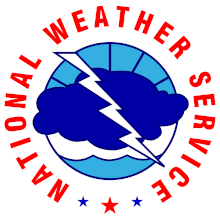You are here
Loose Wet Avalanches Trigger Shallow Storm Slab

Location Name:
Castle LakeRegion:
Castle LakeDate and time of avalanche (best estimate if unknown):
Tue, 02/07/2017 - 1:00pmObservation made by:
ForecasterRed Flags:
Recent avalanche activity
Recent loading by new snow, wind, or rain
Obvious avalanche path
Terrain Trap
Location Map
United States
41° 13' 27.5196" N, 122° 23' 22.1928" W
See map: Google Maps
US
Avalanche Observations
Details
Characteristics
Avalanche Type:
WetSlabLoose/Point-ReleaseTrigger type:
NaturalSlope:
35degreesAspect:
NortheastElevation:
6 000ft.Terrain:
Near TreelineWeak Layer:
Storm SnowAvalanche Width:
80ft.Avalanche Length:
600ft.Weather Observations
Details
Clearing skies throughout the day. Winds were calm on Castle Lake and moderate to strong at ridgetop, blowing out of the southwest.
Statistics
Cloud Cover:
50% of the sky covered by cloudsBlowing Snow:
YesAir temperature:
Above FreezingAir temperature trend:
WarmingWind Speed:
StrongWind Direction:
Southwest



















SS-NL-R2-D2
Multiple natural wet loose avalanches triggered a shallow storm slab avalanche on a north/northeast slope at 6000ft directly above Castle Lake. The avalanche failed on a density break within the recent storm snow. Yesterday's snow surface acted as smooth and relatively firm bed surface for the avalanche. The wet and heavy 24hr snow failed as a soft slab 6 inches thick accross a 60ft section of the upper slope. Multiple loose avalanches appeared to have initially triggered the shallow storm slab. The avalanche entrained almost all of the 24hr storm snow on the entire path of the slide, creating an impressive debris pile that was 2-6ft deep. The debris flow fractured the lake ice at the bottom of the slope and ripped branches off of a few trees. The avalanche occurred this morning likely between 0500-1000 hours.
Several other wet loose avalanches ran this morning on the steep rocky slopes above Castle Lake. No other storm slab avalanches were observed. Several cornice fall avalanche were observed off of the ridgelines descending off of Middle Peak. They all looked to have occurred during the recent storm events beginning last Thursday.